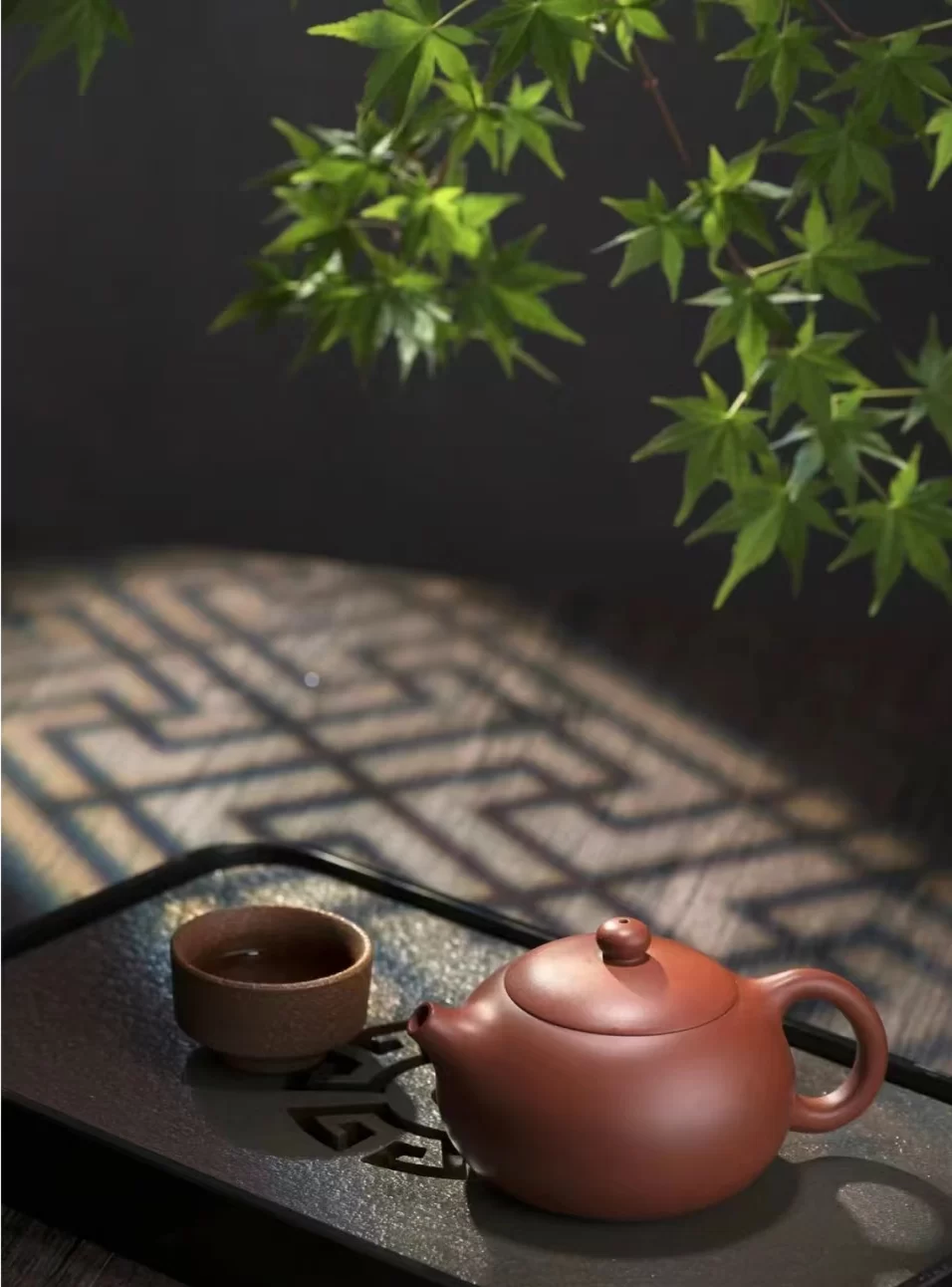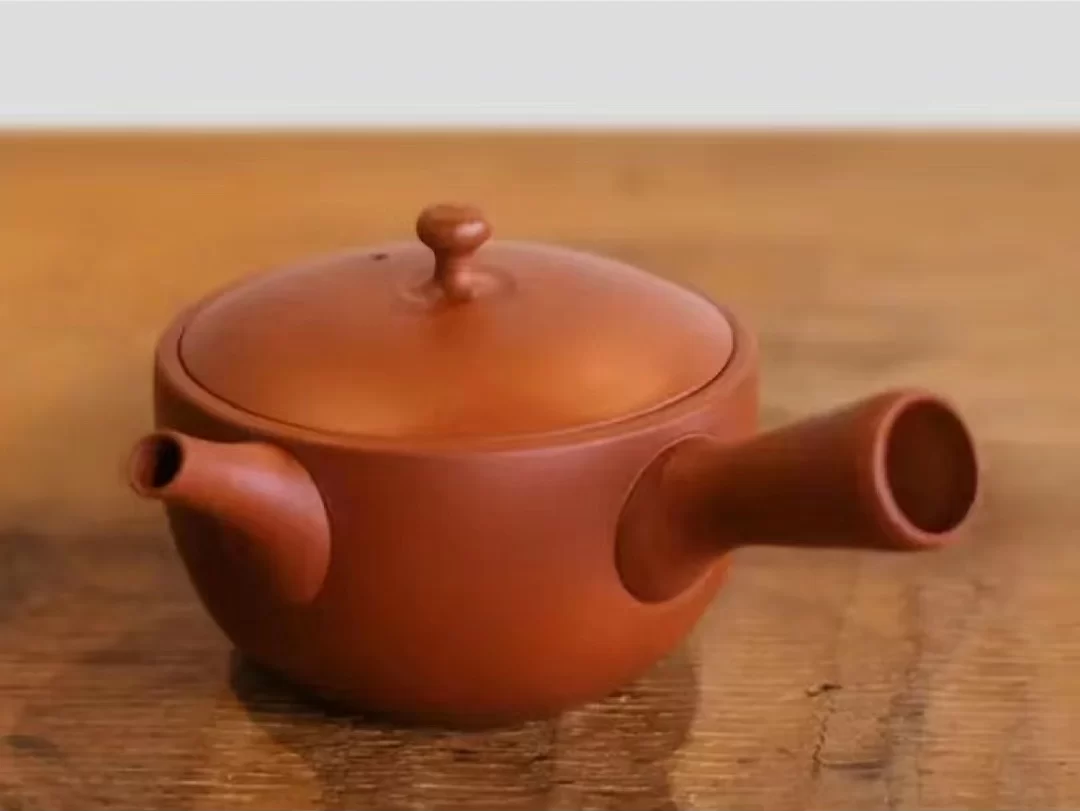China and Japan are both tea-drinking countries, and both have a long history of tea drinking. Today, let’s see what are the differences between the teapots of these two countries and how to choose the right teapots for you.
China’s more representative teapot is the Yixing Purple Clay teapot, which is complex and expensive to make; Japan is known for its Kyusu teapots.
Japanese Kyusu and Chinese Yixing teapots have several key differences due to cultural, material, aesthetic, and functional variations:
Material
The most critical difference lies in the materials used. Traditional Chinese Yixing teapots are made from a specific type of purple clay found near Yixing in Eastern China. This particular clay is valued for being highly porous, which allows it to absorb tea flavors over time and enhance further brewing.
Kyusu, on the other hand, are often made from a range of materials, including various types of clay like Tokoname and Banko, ceramic, porcelain, or even glass.
Yixing Teapots: The porous nature of the clay from which Yixing teapots are made can absorb and retain the flavor of the tea brewed in it. Over time, with repeated use, the Yixing teapot enhances the taste of the same type of tea. This is why traditionally, each Yixing pot is dedicated to one type of tea.

Kyusu: While they don’t have the absorptive quality of Yixing pots, certain clays used in Kyusus can also enhance specific flavors, like Tokoname clay’s reputation for improving the sweetness of green tea. But generally, their purpose is more about expertly controlling the extraction of different styles of delicate green teas. Generally, you can use the same teapot for different teas.

Design
In terms of design, these two teapots differ notably. Kyusus may feature side handles, rear handles, and top handles. They also sometimes include a built-in ceramic mesh instead of a separate filter basket for the leaves. Yixing teapots typically have a direct handle (like a classic stovetop kettle) and come with an internal filter at the base of the spout.
Use
The intended use of these teapots also diverges because of the teas commonly drunk in their respective cultures. Kyusu are designed primarily for green tea, which is the most common type of tea in Japan. These teapots have wider spouts to allow delicate tea leaves to flow out easily without breaking. Conversely, Yixing teapots are usually used for Oolong, Pu-erh, and black tea, enjoyed more commonly in China.
Conclusion
Choosing a teapot, whether Chinese or Japanese, depends on several factors such as your personal taste, the types of tea you enjoy, and your preference for aesthetics and function. Here are some suggestions:
- Type of Tea: If you’re a fan of green tea, consider going with a Japanese Kyusu. Its design is well-suited for brewing varieties of green tea. If you prefer Oolong, Pu’er, or black tea, an Yixing teapot may suit you better. The porous nature of Yixing clay absorbs flavors, enriching the brew over time.
- Brewing Method: Do you enjoy the Gongfu method of brewing (making many small infusions)? An Yixing teapot is typically used for this method due to its smaller size. If you generally make fewer infusions and larger quantities, a Kyusu might be the right choice.
- Personal Aesthetic and Functional Preferences: Both Yixing and Kyusu teapots are available in a variety of designs and styles. Look at what appeals to you aesthetically. Also, consider the functionality. If you prefer a side-handled pot, opt for a Kyusu. If you prefer a pot with a direct handle, then Yixing might be more comfortable for you.
- Maintenance: Are you prepared to condition an Yixing Clay teapot before use and only dedicate it to one type of tea? It requires more care than a Kyusu. On the other hand, Kyusus also require care as various materials used can have different cleaning requirements.
- Budget: Both types of teapots can range from relatively cheap to quite expensive, depending on the workmanship, rarity, and aesthetics of the pot. Decide on your budget prior to choosing.